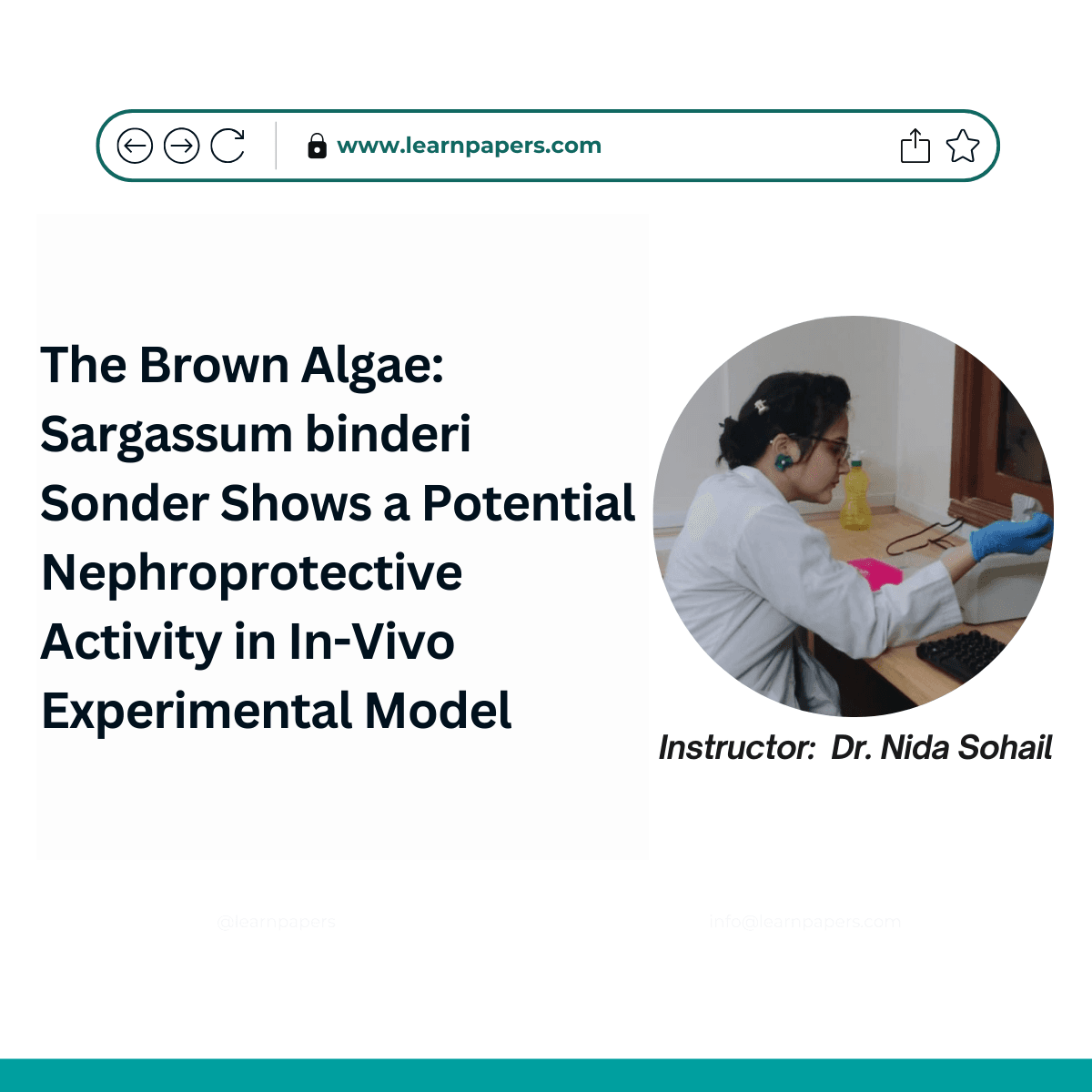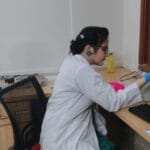The Brown Algae: Sargassum binderi Sonder Shows a Potential Nephroprotective Activity in In-Vivo Experimental Model

About Course
This course, “The Brown Algae: Sargassum binderi Sonder Shows a Potential Nephroprotective Activity in In-Vivo Experimental Model,” provides an in-depth exploration of the therapeutic potential of brown algae, focusing on its role in combating nephrotoxicity and oxidative stress. Learners will delve into the experimental methodologies used to extract bioactive compounds from Sargassum binderi, including ethanol, water, and hexane extraction techniques. The course examines the in-vivo experimental model employed to assess the nephroprotective effects, highlighting the biochemical markers such as creatinine, urea, and oxidative stress indicators like malondialdehyde (MDA) and reduced glutathione (GSH). Through detailed analysis of GC-MS profiling, learners will gain insights into the therapeutic compounds identified in Sargassum binderi and their implications for kidney health. Additionally, the course discusses the results, comparing the efficacy of different extracts, and concludes with practical applications in pharmaceuticals and nutraceuticals. With a focus on natural solutions to kidney-related disorders, this course equips learners with the knowledge and skills to explore marine-based resources for advancing healthcare solutions.
Abstract:
This study investigates the nephroprotective potential of the brown seaweed Sargassum binderi through in-vivo experiments, focusing on its ability to counteract kidney damage caused by cisplatin, a commonly used chemotherapeutic agent. The research evaluates ethanolic, water, and n-hexane extracts of Sargassum binderi for their antioxidative properties and impact on key biochemical markers like creatinine, urea, blood urea nitrogen (BUN), malondialdehyde (MDA), and reduced glutathione (GSH). GC-MS analysis of the n-hexane extract revealed bioactive compounds responsible for its therapeutic effects. The study provides valuable insights into the potential applications of Sargassum binderi in developing natural remedies for oxidative stress and nephrotoxicity.
DOI Link:
Course Content
Module 1: Introduction to Sargassum binderi and Nephrotoxicity
Module 2: Study Objectives and Research Significance
Module 3: Experimental Design and Methodology
Module 4: Biochemical and Antioxidant Analysis
Module 5: GC-MS Profiling and Compound Analysis
Module 6: Results and Discussion
Module 7: Applications and Future Implications
Module 8: Conclusion and Course Summary
Student Ratings & Reviews

